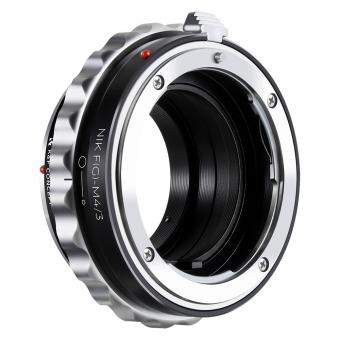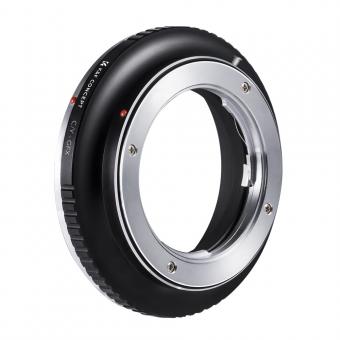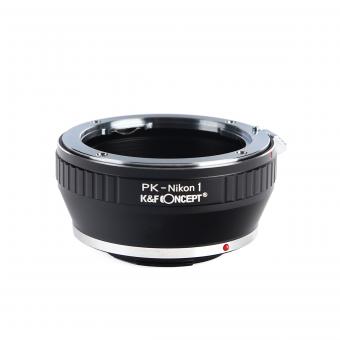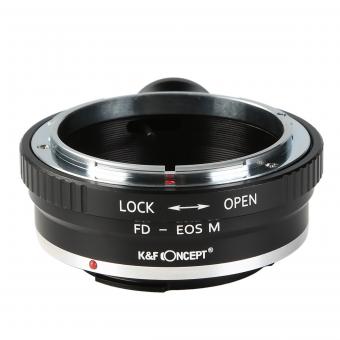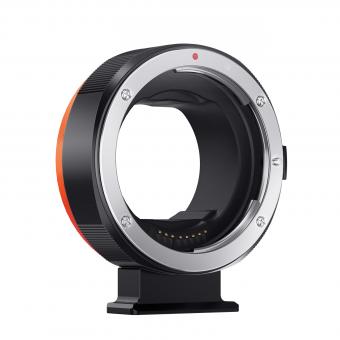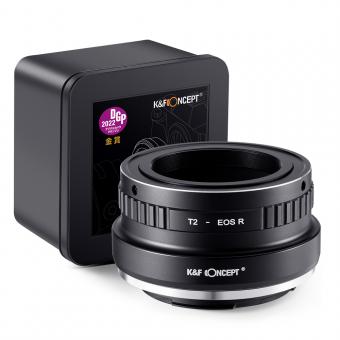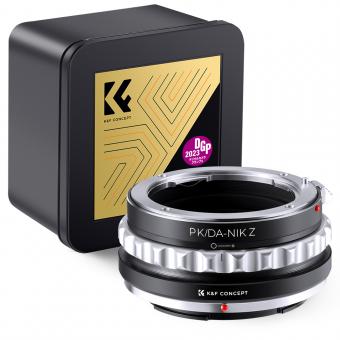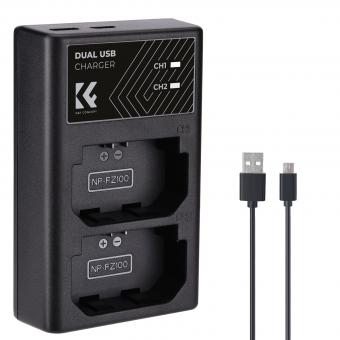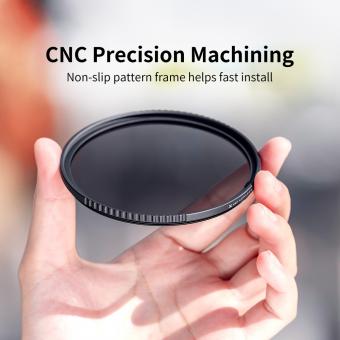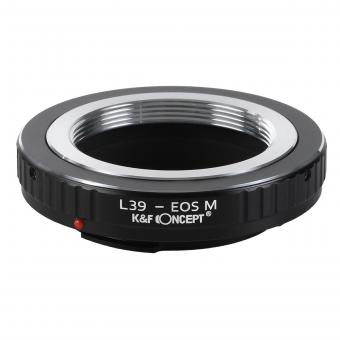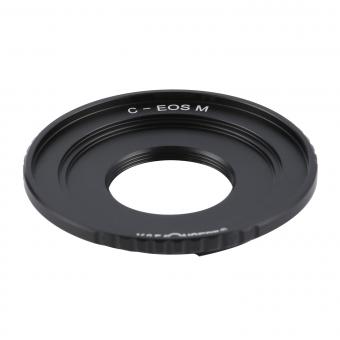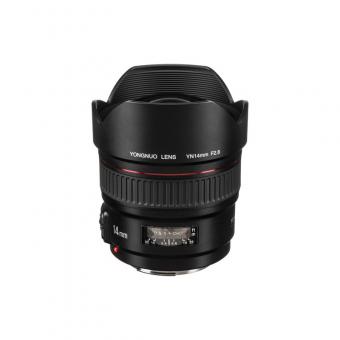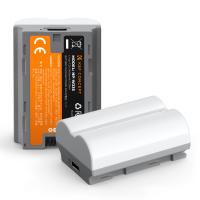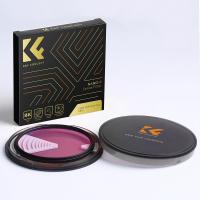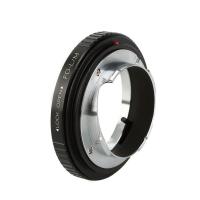Are Mirrorless Cameras Digital ?
Yes, mirrorless cameras are digital cameras. They use digital sensors to capture images and store them on memory cards. The main difference between mirrorless cameras and traditional DSLR cameras is that mirrorless cameras do not have a mirror mechanism that reflects light from the lens to an optical viewfinder. Instead, they use an electronic viewfinder or a rear LCD screen to display the image that the sensor is capturing. This allows for a more compact and lightweight camera body, as well as faster autofocus and continuous shooting speeds. Mirrorless cameras have become increasingly popular in recent years, particularly among photographers who value portability and versatility.
1、 Image Sensor Technology
Mirrorless cameras are digital cameras that use image sensor technology to capture and store images. Image sensor technology is the heart of digital cameras, and it is responsible for converting light into digital signals that can be processed and stored as image files.
The latest point of view on image sensor technology is that it has advanced significantly in recent years, with manufacturers developing sensors that are more sensitive, faster, and capable of capturing higher resolution images. This has led to the development of mirrorless cameras that are capable of producing images that rival those of traditional DSLRs.
One of the key advantages of mirrorless cameras is that they are smaller and lighter than DSLRs, making them more portable and easier to carry around. They also offer faster autofocus and continuous shooting speeds, which makes them ideal for capturing fast-moving subjects such as sports or wildlife.
Another advantage of mirrorless cameras is that they offer a wider range of lenses, including those designed specifically for mirrorless cameras. This means that photographers have more options when it comes to choosing lenses that suit their needs and preferences.
In conclusion, mirrorless cameras are digital cameras that use image sensor technology to capture and store images. The latest advancements in image sensor technology have led to the development of mirrorless cameras that offer superior image quality, faster autofocus, and a wider range of lenses.
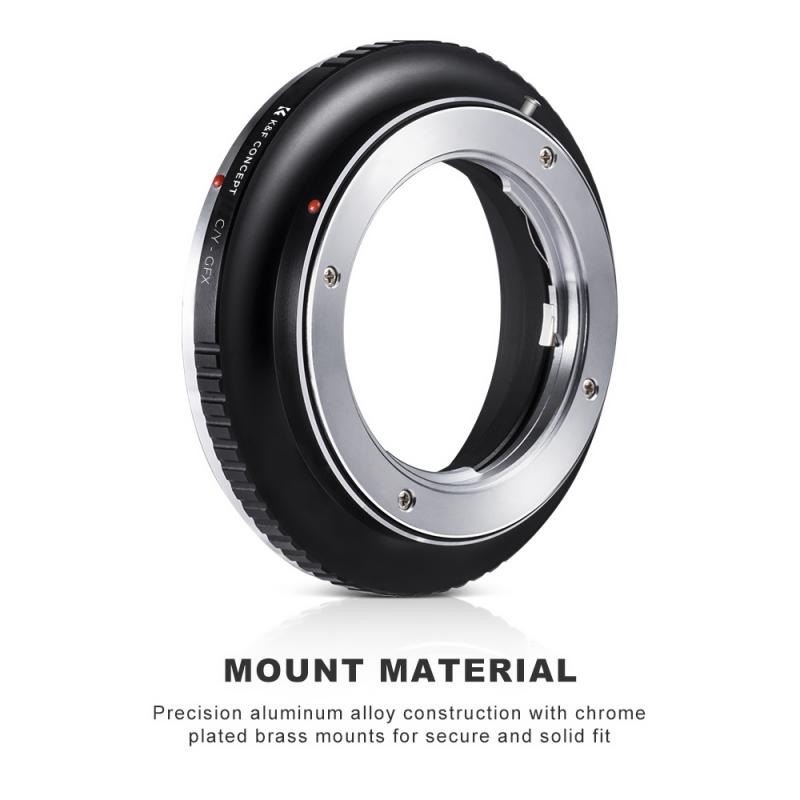
2、 Electronic Viewfinder vs. Optical Viewfinder
Are mirrorless cameras digital?
Yes, mirrorless cameras are digital cameras that use electronic sensors to capture images. Unlike traditional DSLR cameras, mirrorless cameras do not have a mirror mechanism that reflects light into an optical viewfinder. Instead, they use an electronic viewfinder or a rear LCD screen to display the image being captured.
Electronic Viewfinder vs. Optical Viewfinder:
An electronic viewfinder (EVF) is a small screen that displays a digital image of what the camera sensor is seeing. It provides a real-time preview of the image and allows the photographer to see the effects of different settings such as exposure, white balance, and focus. EVFs have improved significantly in recent years, with high resolution and fast refresh rates that make them almost indistinguishable from optical viewfinders.
On the other hand, an optical viewfinder (OVF) uses a system of mirrors and prisms to reflect the image from the lens onto the viewfinder. This provides a clear and bright view of the scene, but it does not show the effects of camera settings. OVFs are still preferred by some photographers, especially for sports and action photography, where the lag of an EVF can be a disadvantage.
In conclusion, mirrorless cameras are digital cameras that use electronic sensors to capture images. They offer the choice of an electronic viewfinder or a rear LCD screen to display the image being captured. Electronic viewfinders have improved significantly in recent years and are now almost indistinguishable from optical viewfinders. However, some photographers still prefer optical viewfinders for certain types of photography.
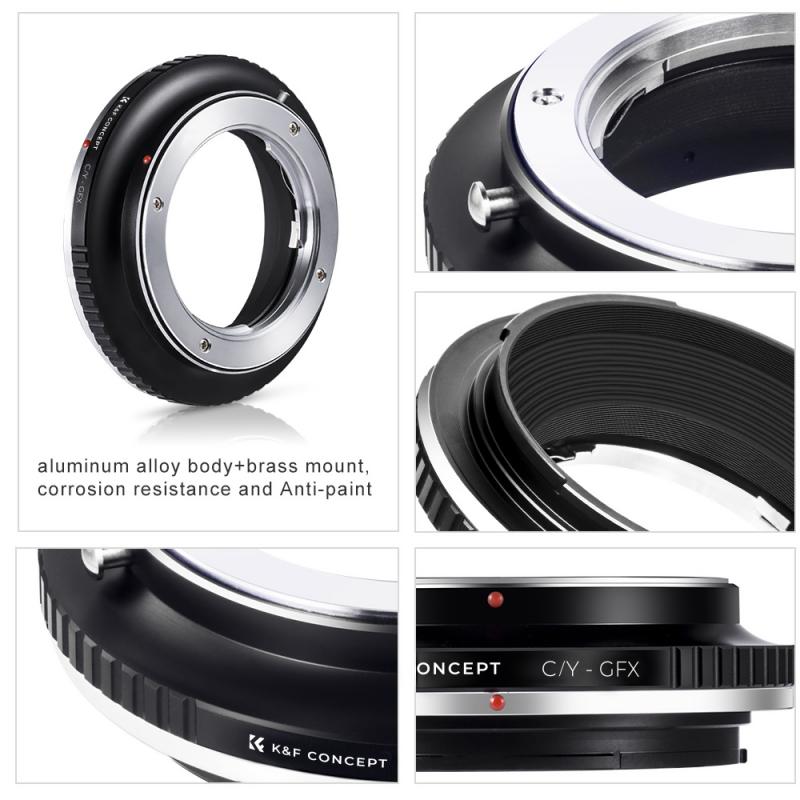
3、 Autofocus System
"Are mirrorless cameras digital?" Yes, mirrorless cameras are digital cameras that use electronic sensors to capture images. Unlike traditional DSLR cameras, mirrorless cameras do not have a mirror mechanism that reflects light into an optical viewfinder. Instead, they use an electronic viewfinder or a rear LCD screen to display the image being captured.
One of the key advantages of mirrorless cameras is their autofocus system. Mirrorless cameras use a contrast-detection autofocus system, which is faster and more accurate than the phase-detection autofocus system used in DSLR cameras. This is because the contrast-detection system uses the image sensor to detect contrast and focus on the subject, while the phase-detection system uses a separate autofocus sensor.
In recent years, mirrorless cameras have become increasingly popular among photographers and videographers due to their compact size, advanced autofocus system, and high-quality image and video capabilities. Many professional photographers have switched from DSLR cameras to mirrorless cameras, and camera manufacturers have been investing heavily in developing new mirrorless camera models and lenses.
Overall, mirrorless cameras are digital cameras that offer advanced autofocus systems and other features that make them a popular choice among photographers and videographers. As technology continues to evolve, we can expect to see even more advancements in mirrorless camera technology in the years to come.
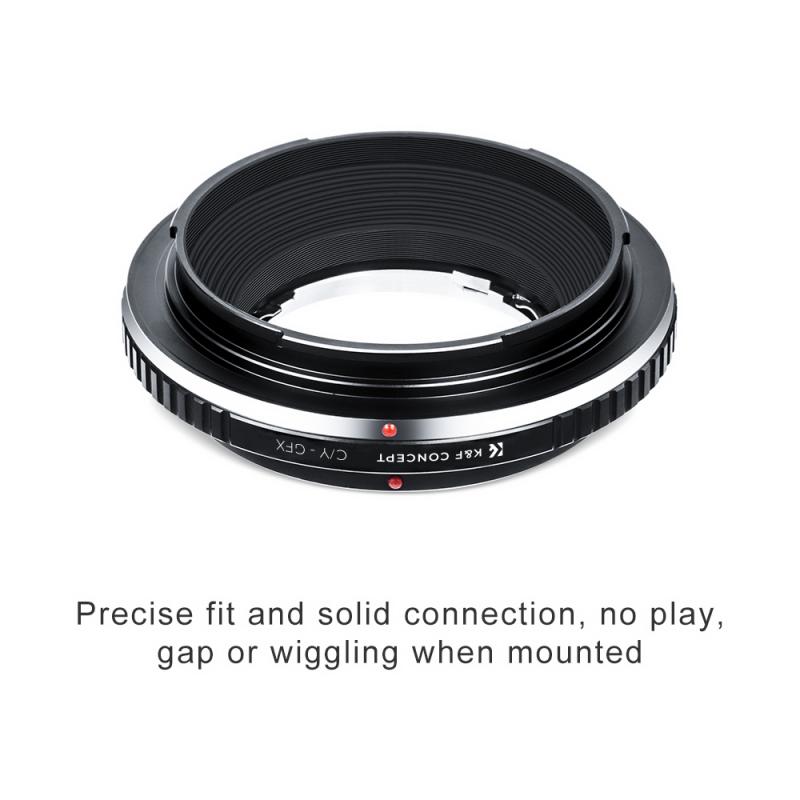
4、 Size and Weight
"Are mirrorless cameras digital?" Yes, mirrorless cameras are digital cameras that use electronic sensors to capture images. Unlike traditional DSLR cameras, mirrorless cameras do not have a mirror mechanism that reflects light into an optical viewfinder. Instead, they use an electronic viewfinder or a rear LCD screen to display the image being captured.
One of the main advantages of mirrorless cameras is their size and weight. Because they do not have a mirror mechanism, they can be much smaller and lighter than DSLR cameras. This makes them more portable and easier to carry around, which is especially important for photographers who need to travel light or shoot in challenging environments.
In recent years, mirrorless cameras have become increasingly popular among both amateur and professional photographers. Many camera manufacturers have invested heavily in developing new mirrorless camera systems, and there are now a wide range of models available to suit different needs and budgets.
The latest point of view is that mirrorless cameras are now considered to be on par with DSLR cameras in terms of image quality and performance. They offer fast autofocus, high-speed continuous shooting, and advanced features like 4K video recording and in-body image stabilization. As a result, many photographers are now choosing mirrorless cameras over DSLRs for their versatility, portability, and image quality."


